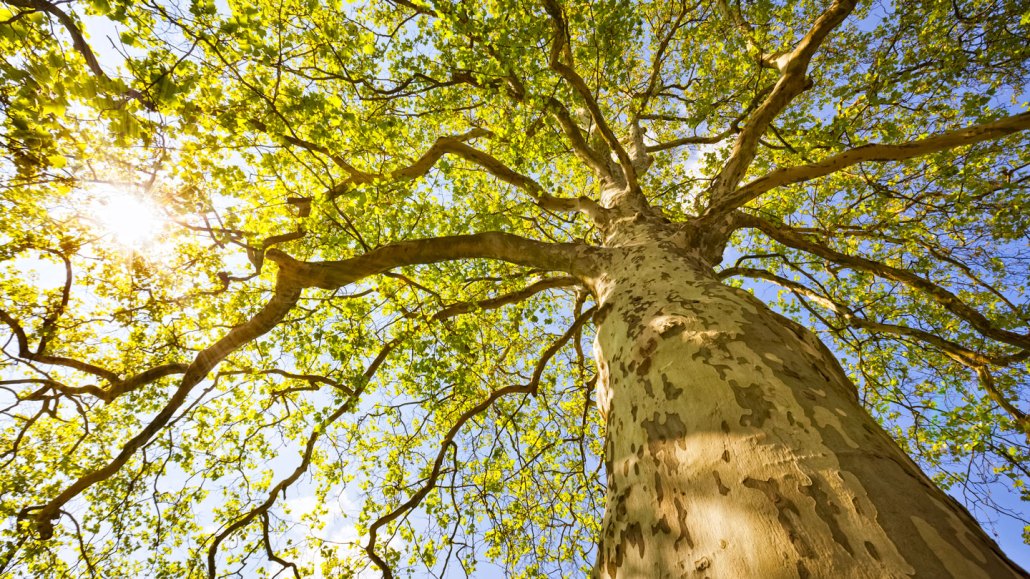3-D: Short for three-dimensional. This term is an adjective for something that has features that can be described in three dimensions — height, width and length.
cell: (in biology) The smallest structural and functional unit of an organism. Typically too small to see with the unaided eye, it consists of a watery fluid surrounded by a membrane or wall. Depending on their size, animals are made of anywhere from thousands to trillions of cells. Most organisms, such as yeasts, molds, bacteria and some algae, are composed of only one cell.
cellulose: A type of fiber found in plant cell walls. It is formed by chains of glucose molecules.
decay: The process (also called “rotting”) by which a dead plant or animal gradually breaks down as it is consumed by bacteria and other microbes.
lignin: A natural substance that helps strengthen the cell walls of plants. Although lignin is made from a large number of sugar molecules, which should provide energy, livestock can’t digest this material because of the way its sugars are chemically bonded together.
liquid: A material that flows freely but keeps a constant volume, like water or oil.
molecule: An electrically neutral group of atoms that represents the smallest possible amount of a chemical compound. Molecules can be made of single types of atoms or of different types. For example, the oxygen in the air is made of two oxygen atoms (O2), but water is made of two hydrogen atoms and one oxygen atom (H2O).
network: A group of interconnected people or things. (v.) The act of connecting with other people who work in a given area or do similar thing (such as artists, business leaders or medical-support groups), often by going to gatherings where such people would be expected, and then chatting them up. (n. networking)
nutrient: A vitamin, mineral, fat, carbohydrate or protein that a plant, animal or other organism requires as part of its food in order to survive.
phenol: A toxic acid that is usually made from coal tar. It has the chemical formula C6H5OH and is used in the production of many commercial chemicals. Dilute phenol is known as carbolic acid and can be used as a disinfectant.
polymer: A substance made from long chains of repeating groups of atoms. Manufactured polymers include nylon, polyvinyl chloride (better known as PVC) and many types of plastics. Natural polymers include rubber, silk and cellulose (found in plants and used to make paper, for example).
T cells: A family of white blood cells, also known as lymphocytes, that are primary actors in the immune system. They fight disease and can help the body deal with harmful substances.
tissue: Made of cells, it is any of the distinct types of materials that make up animals, plants or fungi. Cells within a tissue work as a unit to perform a particular function in living organisms. Different organs of the human body, for instance, often are made from many different types of tissues.
wood: A porous and fibrous structural tissue found in the stems and roots of trees, shrubs and other woody plants.
xylem: The part of a plant that conducts water, nutrients and sap.








